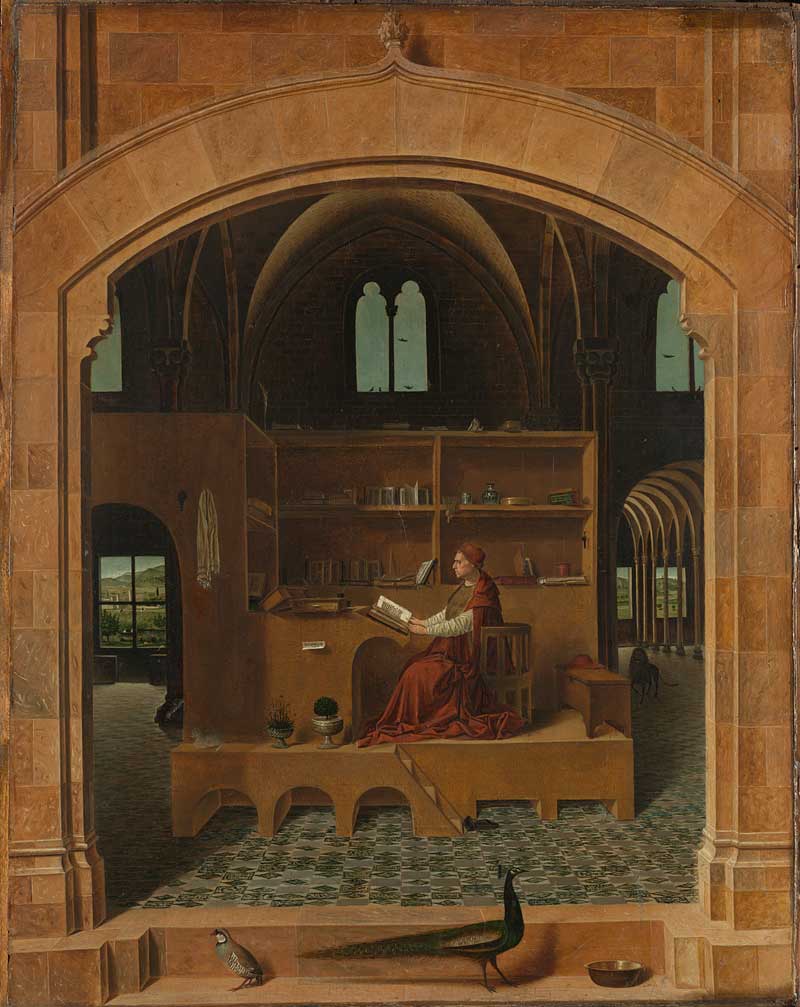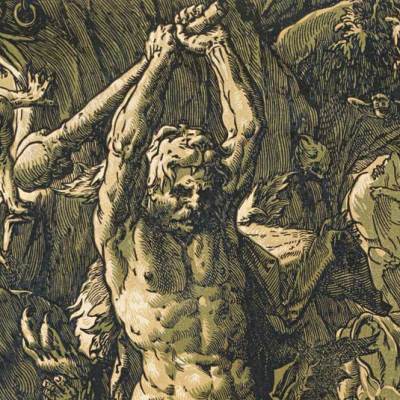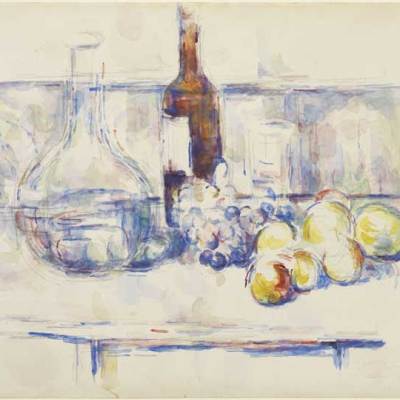‘Building the Picture: Architecture in Italian Renaissance Painting’, which opens at London’s National Gallery this week, is accompanied by the institution’s first fully digital catalogue. We spoke with one of the exhibition curators, Caroline Campbell, to find out more about the gallery’s decision to go digital.
Click here for a gallery of highlights from the exhibition
Why did you decide to go digital for this exhibition?
The National Gallery has been exploring online publishing for some years, but this is the first time that we’ve produced an online publication to accompany an exhibition. Building the Picture is an expression of our research partnership with the History of Art Department at the University of York, and the exhibition is the brainchild of my co-curator Amanda Lillie.
A large factor contributing to the decision to go digital was the greater potential audience for a digital publication. The National Gallery is keen that the first-rate scholarship at the core of the exhibition should be made available to everybody, not just those people who might be prepared to buy an exhibition catalogue. Thanks to the generous support of the Arts and Humanities Research Council (AHRC), Building the Picture can be accessed on the gallery’s website for free.
How were you involved in putting the catalogue together – and how many others are involved across the gallery departments?
The online publication has been an enormous team effort, involving editors, digital designers, photo researchers, curators, authors, and computer specialists.
What have you found to be the most exciting aspects of digital publishing?
Digital publishing enables images to be embedded within text, much more so than is possible in most printed books. As an art historian, it is exciting to have a publication that is led by images as much as text. The zoomable images (for the National Gallery paintings in the exhibition) will enable people to investigate the architectural details of painting: a key point of the project.
I am delighted that the publication is free and available worldwide, and can be read by an audience who wouldn’t usually look at scholarly art history. Also, you don’t need to see the exhibition to be able to enjoy the publication. I hope that we will have readers who might never – by virtue of their geographical location – be able to visit the National Gallery physically.
And what were the biggest challenges you faced when putting the catalogue together?
The biggest challenge has been the fact that there’s no template for online publishing. Conceptually, we are probably where book publishers were in the early 16th century. We have striven to develop web pages that are easy to read and user friendly, within the confines of an existing template used by the National Gallery website. Digital publication is evolving constantly, and it’s a challenge to see what is the best approach to adopt now, at this moment in time.
Saint Zenobius Bishop of Florence restores to life a widow’s son killed in Borgo degli Albizzi, Florence (c. 1442–48), Domenico Veneziano © Fitzwilliam Museum, Cambridge

Did the project have to change at all as you were developing it?
The scholarly part of the project has remained very consistent, but we have tried to adapt layouts while we have worked on the publication. The text is laid out rather differently to a printed book, as the formats are very different. Our online publication has many more sub-chapters and sections than you would expect in a print publication. Also, we have found that the images have really taken the lead. These have had a large impact on how we have written and organised the text.
Are you happy with the results?
Yes! We already have exciting ideas about how we would improve our next online publication. Digital publication is still changing incredibly rapidly. What is thrilling and sometimes daunting about digital publication is its constant evolution: we are not yet at a fixed point at which we can survey the landscape. The great bonus of this new way of publishing is that publications become flexible, with far more potential for change and revision.
Click here for a gallery of highlights from the exhibition
‘Building the Picture: Architecture in Italian Renaissance Painting’ runs at the National Gallery, London, from 30 April–21 September.
Related Articles
Forum: Have traditional museum and exhibition catalogues had their day?




